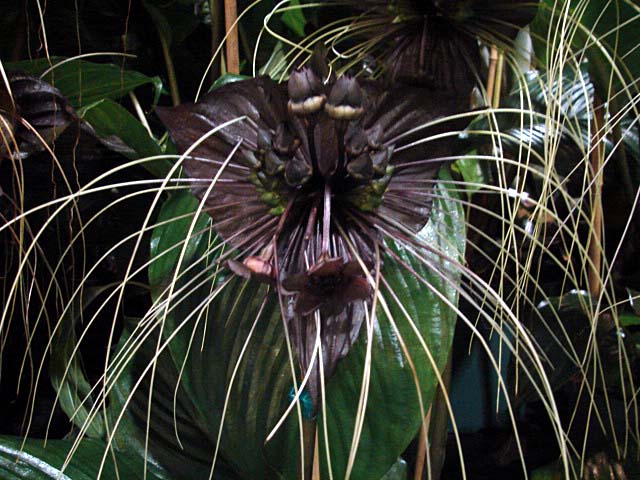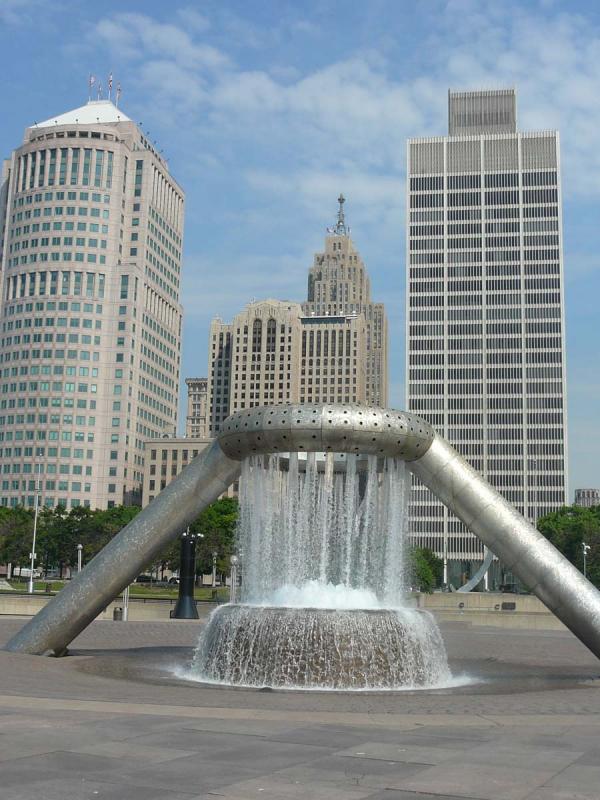

 Bat Plant or “Devil Flower”
Bat Plant or “Devil Flower”
 Venus Flytrap
Venus Flytrap

 Bat Plant or “Devil Flower”
Bat Plant or “Devil Flower”
 Venus Flytrap
Venus FlytrapRecently, I visited New York City and the first place I chose to visit was the High Line.
For those of you who don’t know what it is, the High Line website describes it best: The High Line was built in the 1930s, as part of a massive public-private infrastructure project called the West Side Improvement. It lifted freight traffic 30 feet in the air, removing dangerous trains from the streets of Manhattan's largest industrial district. No trains have run on the High Line since 1980. Friends of the High Line, a community-based non-profit group, formed in 1999 when the historic structure was under threat of demolition. Friends of the High Line works in partnership with the City of New York to preserve and maintain the structure as an elevated public park.
In November, 2005, the City of New York took over the ownership of the High Line from the CSX Transportation, Inc.
The park was designed by Landscape Architects James Corner Field Operations and Architects Diller Scofidio + Renfro, as well as various other experts in horticulture, engineering, security, maintenance, public art, and so forth. Construction began in the Spring of 2006 with the demolition of the old rail tracks and the first section (1.45 miles between Gansevoort Street and 20th Street) opened to the public in June of this year.
Basically, the High Line is a linear park suspended above the streets of New York City.
The Walking Paths vary in size between 6 and 8-feet in width with larger gathering spaces at regular intervals. They are constructed using a system of long linear and narrow concrete panels.
The joints between some of the concrete panels widen to provide negative space for planting media and plants.
To keep the masses of pedestrians from walking into or trampling over the planting areas, the designers used changes in elevation – a subtle, but effective form of traffic control.
It was a beautiful and unified approach that was very effective. As you can see from this photograph, the High Line was quite crowded on this beautiful day and I would imagine, that will be typical in the warmer months.
The details were lovely. The designers included benches using the same dimensional concrete forms rising up in a vertical manner.
Larger areas containing wood decking and wood benches marked gathering places that invited the user to stop and stay, as opposed to the linear areas that suggested movement and flow. A great place to sit and watch the world go by!
This place was a terraced viewing area with wood benches that terraced down to a lower level closer to the street. This allowed people the opportunity to sit and view the traffic and street life below.
The whole park is suspended above the New York City streetscape providing a different perspective of the city.
The Planting Design was done by Piet Oudolf, renowned Dutch Garden Designer and author, famous for his bold use of grasses and other herbaceous perennials en masse. The plants used in the design are mainly xeriscape meadow-type plants, all hardy to the area, many of which were natives found growing and prospering on the abandoned rails for many years prior to the park’s design. All in all, there are 210 species of plants used in the design of Section 1. They were chosen for their hardiness and their diversity in bloom time from late January through mid-November.
Some of the plants that I saw growing there included grasses and sedges as well as perennials such as Black-eyed Susans, asters and Purple Cone flower and shrubs such as viburnums. The overall effect was soft and meadowlike. If you are interested, here is the Plant List used in Section 1. Because of that harsh environment, it will be survival of the fittest. I would be surprised if all of the plants specified will make it. Time will tell!
Regardless, this is an outstanding pedestrian experience and a shining example of urban reclamation of a dead and dying eye sore. It serves as a great inspiration for other cities to follow suit! Next time you’re in New York City, you must visit the High Line! For more information, visit their website.







 Black-eyed Susans and Russian Sage
Black-eyed Susans and Russian Sage
 White Purple Cone Flower and Bent Grass
White Purple Cone Flower and Bent Grass
 Japanese Hakoni Grass and water
Japanese Hakoni Grass and water
 Feather grass and White foxglove.
Feather grass and White foxglove.

 Asiatic lilies and ferns
Asiatic lilies and ferns
Finding just the right plant combination is much harder than you might think. Water, soil and other cultural requirements play a huge role. Knowing where a plant is found in nature helps immensely. Being able to identify and recreate plant communities will often lead to success in the garden!
It all started with a rope, a tire and a tree. Add a kid and it spelled FUN.

There is nothing like a swing for fun! This is something we begin to enjoy as infants …

Can you recall the sound of your child’s laughter while swinging?

Music to our ears!

When was the last time you heard this song?
How inviting, this destination.
What’s in your backyard?

This week I’m hooked on Swings. To see what others are hooked on, visit Julia’s Hooked on Houses Friday Blog Party and Melissa’s The Inspired Rooms Beautiful Life Friday.